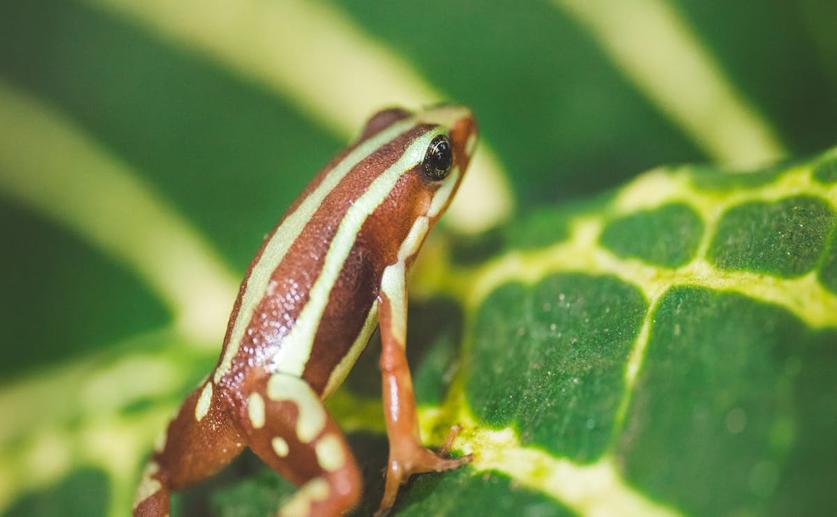
How Frogs Adapt to the Cold at High Altitudes
Jim Crocker
13th April, 2024

Image Source: Jonas Thomann (photographer)
Key Findings
- Scientists at Lanzhou University studied how the plateau brown frog survives extreme cold on the Qinghai-Tibet plateau
- They found specific genes that help the frog tolerate freezing by producing protective proteins and managing metabolism
- This research could lead to advances in agriculture and medical science, such as improving crop cold tolerance and organ preservation
References
Main Study
1) Comparative transcriptomic analysis delineates adaptation strategies of Rana kukunoris toward cold stress on the Qinghai-Tibet Plateau
Published 12th April, 2024
https://doi.org/10.1186/s12864-024-10248-8
Related Studies
2) Animal ice-binding (antifreeze) proteins and glycolipids: an overview with emphasis on physiological function.
3) Molecular biology of freezing tolerance.
4) Molecular Physiology of Freeze Tolerance in Vertebrates.
5) Avoidance and tolerance of freezing in ectothermic vertebrates.



 21st March, 2024 | Jim Crocker
21st March, 2024 | Jim Crocker